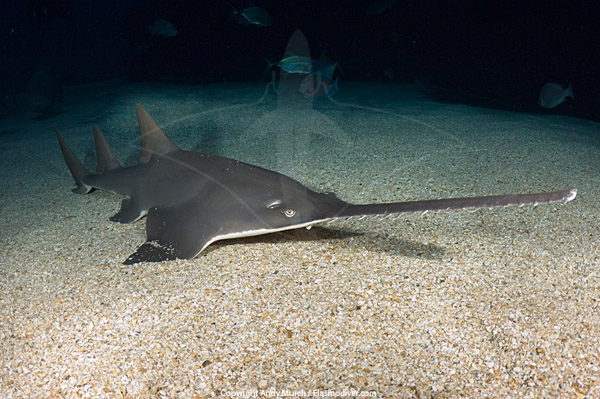|
|
|
SHARK INFO |
|
SHARK |
|
SHARK EVOLUTION |
|
|
|
SHARK DIVING |
|
SHARK DIVING 101 |
|
|
|
CONSERVATION |
|
|
|
PHOTOGRAPHY |
|
SHARK PHOTO TIPS |
|
|
|
RESOURCES |
|
|
|
WEB STUFF |
|
WHAT IS ELASMODIVER? Not just a huge collection of Shark Pictures: Elasmodiver.com contains images of sharks, skates, rays, and a few chimaera's from around the world. Elasmodiver began as a simple web based shark field guide to help divers find the best places to encounter the different species of sharks and rays that live in shallow water but it has slowly evolved into a much larger project containing information on all aspects of shark diving and shark photography. There are now more than 10,000 shark pictures and sections on shark evolution, biology, and conservation. There is a large library of reviewed shark books, a constantly updated shark taxonomy page, a monster list of shark links, and deeper in the site there are numerous articles and stories about shark encounters. Elasmodiver is now so difficult to check for updates, that new information and pictures are listed on an Elasmodiver Updates Page that can be accessed here:
|
|
_ |
FRESHWATER SAWFISH |
|
Freshwater Sawfish Images by Andy Murch. All rights reserved View all available Freshwater Sawfish Pictures in the Shark Pictures Database Freshwater Sawfish, Largetooth Sawfish, Broadbill Sawfish. Latin Name: Pristis microdon Family: Pristidae Identification: Overall flattened sharklike body. Elongated flattened rostrum (saw) with 18 to 23 pairs of evenly spaced rostral teeth. Anterior pair of rostral teeth angled forward. Base of rostrum wide hence vernacular: Broadbill Sawfish. First dorsal fin originates in front of pelvic fins. Distinct lower caudal lobe. Size: Maximum length 5m. At birth approx 50cm. Habitat: Sand and mud bottoms in mildly saline estuaries, rivers, and lagoons. Freshwater Sawfish is a misnomer. It spends its first 3-4 years in freshwater growing to about half its adult size. Adults penetrate from weakly saline estuaries into fresh water rivers(up to 100km from the sea) . Individual sawfish may be cut off in small ponds for years at a time between floods. In Australia it is confined to large freshwater river drainages. Abundance and distribution: Considered critically endangered by the IUCN red list 2006 survey. Freshwater Sawfish are known in Australia from the Fitzroy River system in WA to the western side of the Cape York Peninsula. Also reported from Papua New Guinea and parts of Indonesia, and Irian Jaya. May also occur in India or even worldwide. Behavior: Swims into schools of fish and thrashes its saw from side to side, wounding and killing the fish which it then recovers. May also use its saw to dig for crustaceans and mollusks in the sediment. Reproduction: Ovoviviparous. The largetooth sawfish may reproduce in fresh water. Gestation period approx 5 months. Litter size 1 to at least 12. Young are born with flexible rostrums in which the teeth are covered with a sheath of skin to avoid injury to the mother. After birth the rostrum straightens and hardens. Observations: Photographs: Similar species: The Green Sawfish has a minimum of 24 pairs of rostral teeth that a more closely spaced towards the point of the saw. The Dwarf Sawfish (Pristis clavata) has a rounder head and evenly spaced rostral teeth, the Narrow Sawfish (Anoxypristis cuspidata) has a much narrower rostrum. Reaction to divers: Unknown. Probably moves away. The photographed individual was difficult to approach in an aquarium situation. May use its rostrum in defense if cornered which could cause a severe injury. Diving logistics: There are no locations that I know of where divers can reliably find Freshwater Sawfish due to their rarity and preference for turbid estuarine and river environments. Any information on sightings of this species by divers, fishermen, and hikers would be very welcome. Other diving locations submitted by readers: References:
Other names of the largetooth sawfish:
|






















